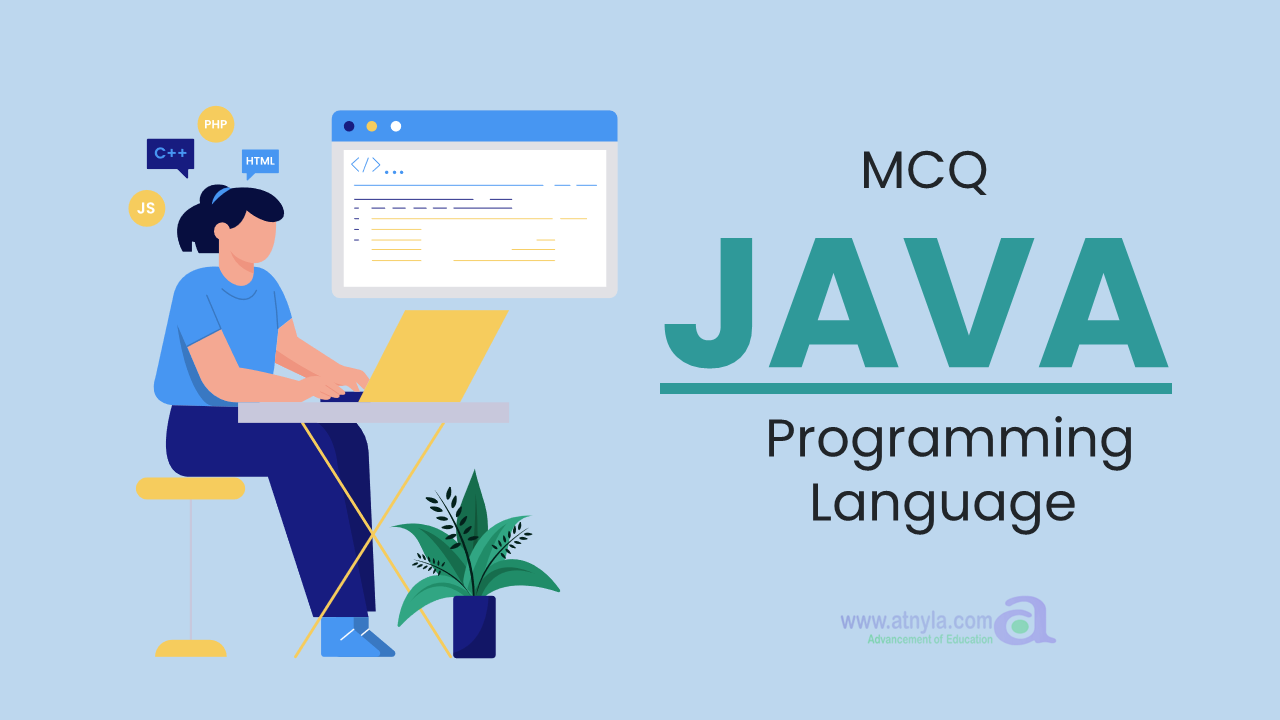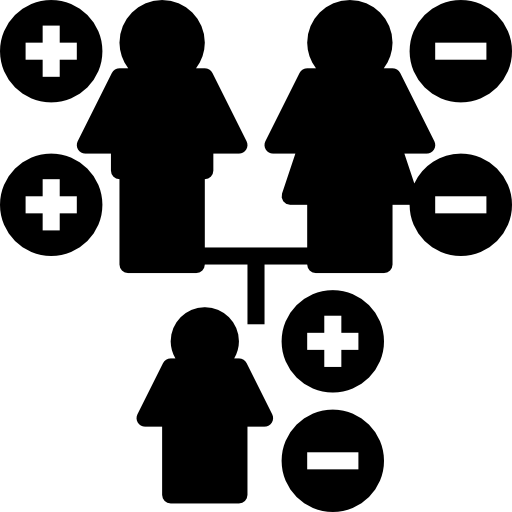- A void add(Integer... args){}
- B static void add(int... args, int y){}
- C static void add(int args...){}
- D static void add(int...args){}
Answer:
D
static void add(int...args){}
 Java Language Fundamental
Java Language Fundamental  Java Language Basics
Java Language Basics  Father of Computer Programming
Father of Computer Programming  Computer Generations
Computer Generations  Inheritance in Java MCQ
Inheritance in Java MCQ